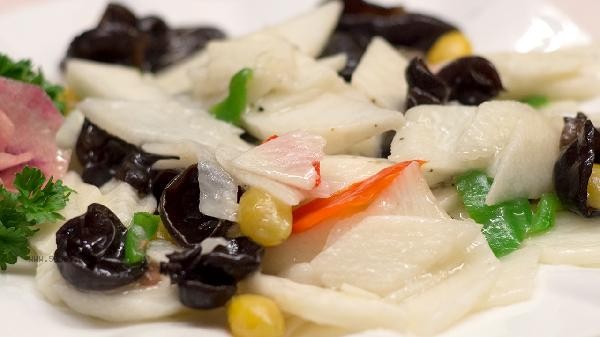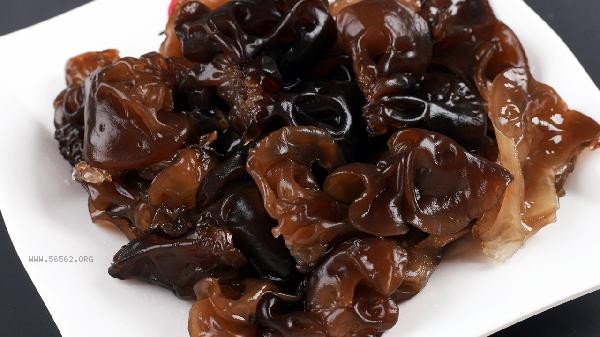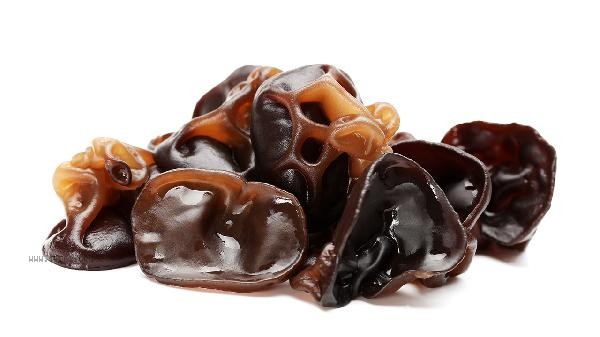Auricularia auricula belongs to low-carbon aquatic food, with a low carbohydrate content per 100 grams of dried Auricularia auricula, making it suitable for people with a low-carbon diet. Auricularia auricula is rich in nutrients such as dietary fiber, protein, iron, and calcium, which help promote gastrointestinal motility and supplement minerals. The carbohydrate content of Auricularia auricula varies depending on its morphology. After soaking, the weight of dried fungus will increase, and the actual intake of carbohydrates will be less. The carbohydrate content of fresh fungus is slightly higher than that of dry fungus, but overall it still belongs to the low-carbon category. The carbohydrates in Auricularia auricula are mainly dietary fiber, and soluble dietary fiber can delay sugar absorption and help control blood sugar to some extent. Some specially processed fungus products may contain added starch or sugar, leading to an increase in carbohydrate content. Common products on the market, such as cold mixed fungus and ready to eat fungus snacks, should pay attention to checking the nutritional content table. Processed products such as sugar soaked fungus and fried fungus are not considered low-carbon water foods and should be avoided from consumption during strict low-carbon diets.

It is recommended to choose dried products for daily consumption of fungus and soak them on your own to avoid high sugar and high-fat processing methods. Auricularia auricula can be cold mixed, stir fried, or boiled in soup. Paired with green leafy vegetables and high-quality protein foods, it is more conducive to balanced nutrition. People with weak gastrointestinal function need to control their single intake. Insufficient soaking time or excessive consumption may cause bloating. People who are allergic to fungi should try with caution. If symptoms such as rash and vomiting occur, they should immediately stop consuming and seek medical attention.










Comments (0)
Leave a Comment
No comments yet
Be the first to share your thoughts!